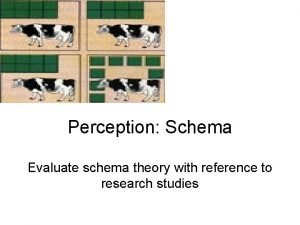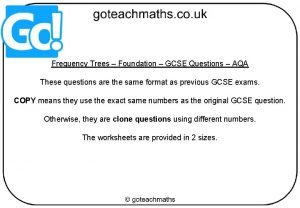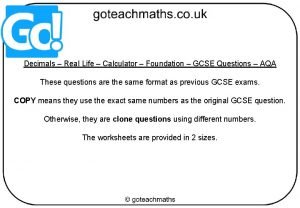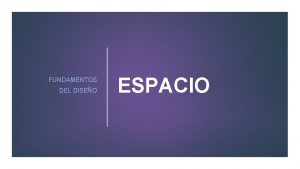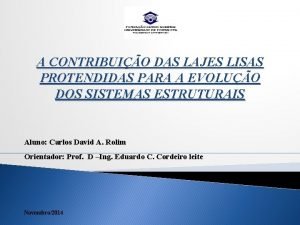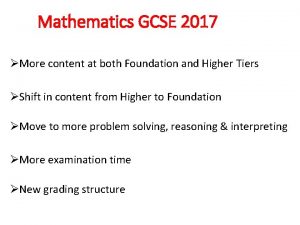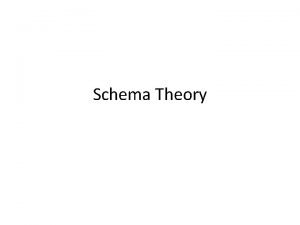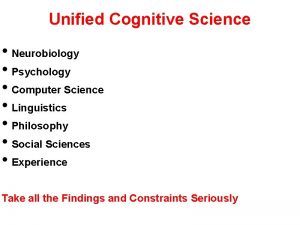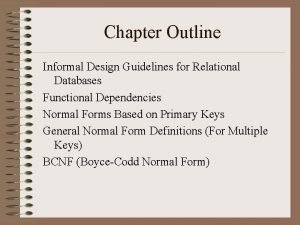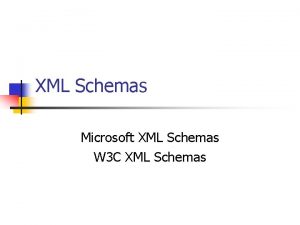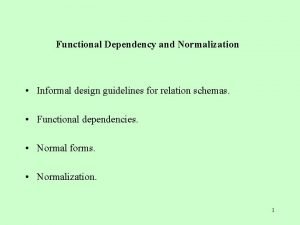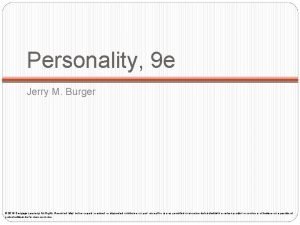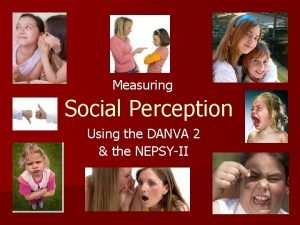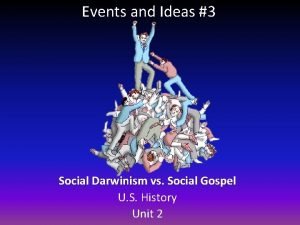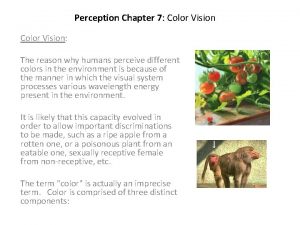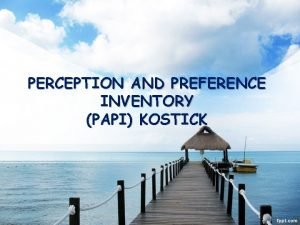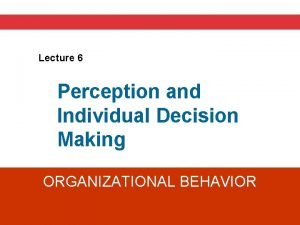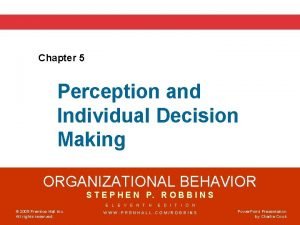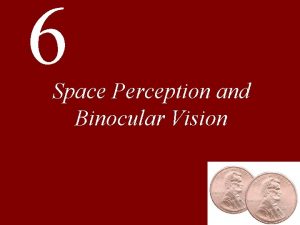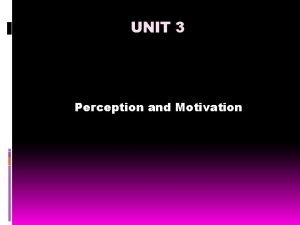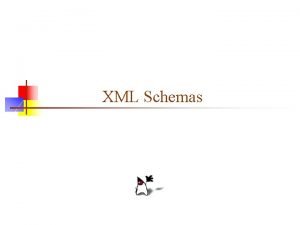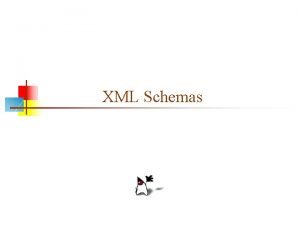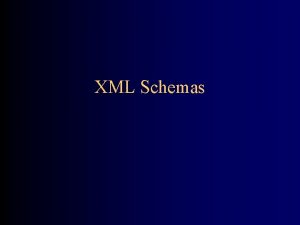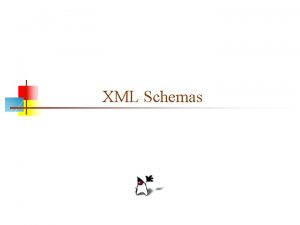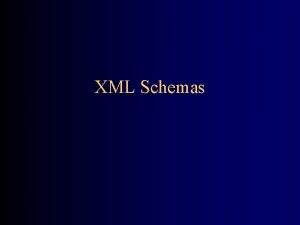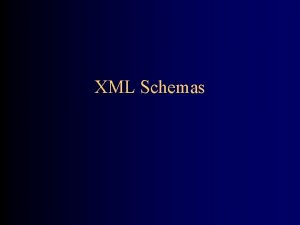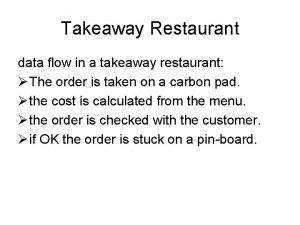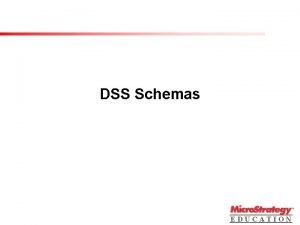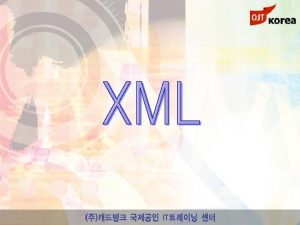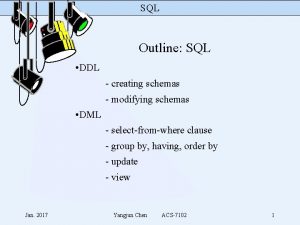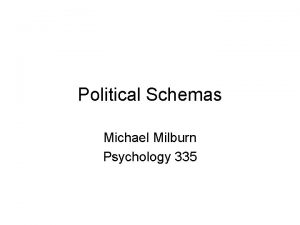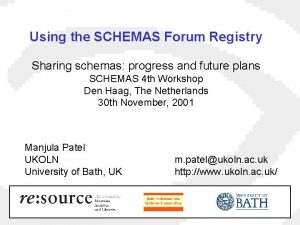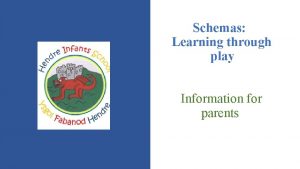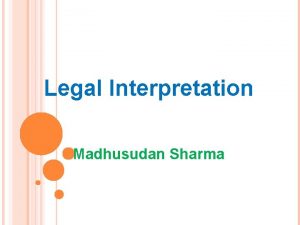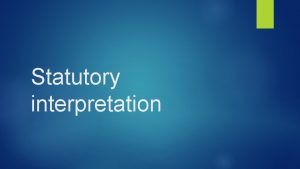Interpretation and Perception TakeAway Points Social schemas Lisas
































- Slides: 32

Interpretation and Perception

Take-Away Points �Social schemas (Lisa’s overview) and scripts The book has some difference in social schemas – you just need to know the ones we mentioned in class �Four Processes in Interpersonal perception Don’t need to know “Sizing up situations” Do know: � Implicit Personality Theory � Self-monitoring � Attribution Theory �Attribution Theory General concept of Attribution Theory 4 Different types of bias Be able to name all the pieces of the chart � Moreover, be able to reason through a communication example by using the chart

Emotion, motivation, and cognition influence how our perceptions are formed.

1. How do emotions facilitate perceptions?

Being in a certain emotional state triggers memories of similar emotional states.

2. How can motivation change how we perceive things?

We can be primed or automatically motivated to perceive things in a certain way. Automatic Primed

3. Our cognitive structures and schemes also influence perceptions.

A schema is a cognitive structure that helps us process and organize information. ? ? Prom ? ?

Schema Example: (Warning: These guys are kinda weird)

Cognitive schemas are used to 1) fill in missing information or gaps in our knowledge…

2) make inferences or generate additional info beyond what we’ve actually seen or heard.

Schema �If I introduce you to two people and say “this couple is in love, ” what things do you think of? �Abstract knowledge containing typical features, qualities , behaviors, or other expectations

There are 5 schema types. 1. Personal 2. Role 3. Relational 4. Self

There are 5 schema types. 5. Stereotypes

Next Section �How we convince ourselves that our perceptions are accurate and meaningful rather than biased and arbitrary �Under what conditions our perceptions are automatic vs. conscious processes?

Implicit Personality Theory �When we meet someone we focus on a central trait After selecting that trait, cluster other traits that go with it

How would you describe this guy’s personality?

How would you describe this girl’s personality?

Implicit Personality Theory �Primacy effect First impression Pick “central trait”

Implicit Personality Theory �Recency effect More recent the interaction, more powerful the effect If keep building interaction, overrides primacy effect

DQ �The implicit personality theory says that we generally link individual traits to other traits we believe to be related. From your experience, are these “clusters” present in people? Are they accurate?

Self-Monitoring �High self-monitors Reads the social situation and presents the appropriate face Steps: � What type of person does the situation call for? � Construct mental image of that person � Act according to that mental image �Low self-monitors Present the same “real” version of themselves in every situation

Attribution Theory

Attribution Theory explains how we attribute (often biased) meaning to behavior.

We make certain biased attributions without realizing our bias. 1. Self-Serving 2. Personality 3. Group 4. Cultural

Attribution Theory �Distinctiveness What caused the person to do this? �Consensus Would most people do this? �Consistency Is this out of character for the person?

Attribution Theory Distinctiveness High Low Situational Internal Situational What caused? Consensus Most people do it? Consistency Usual for this person?

Attribution Theory Distinctiveness What caused? (Besty killed Paul) Consensus Most people do it? (Kill to defend or not? ) Consistency Usual for this person? (Does Betsy kill people a lot? ) High Low Situational (self defense) Internal (no motive) Situational (most people would do it) Internal (most people would NOT do it) Internal (Pattern – serial killer) Situational (No)

Try it with Communication Act �Polly calls Maria a selfish witch �According to Attribution Theory… � Polly will say this is because of …? Maria will say this is because of…? Fill in each of the boxes for why Polly might have said this in this situation

Attribution Theory Distinctiveness High Low Situational Internal Situational What caused Polly to say that? Consensus Most people do it? Consistency Usual for this person?

Take-Away Points �Vocab: schema, halo effect, primacy effect, recency effect �How do emotions, motivation, and cognitive schemas influence our perceptions? How do schemas help us? �What are the 5 types of schemas? Be able to recognize examples �What is the main concept of Implicit Personality Theory? �What are the two types of self-monitors? �Attribution Theory Main concept of Attribution Theory 4 Different types of bias (definitions and examples) Be able to name all the pieces of the chart � Moreover, be able to reason through a communication example by using the chart
 Reference
Reference A takeaway sells 10 inch pizzas and 12 inch pizzas
A takeaway sells 10 inch pizzas and 12 inch pizzas A takeaway sells 10 inch pizzas
A takeaway sells 10 inch pizzas Espacios ilusorios
Espacios ilusorios Lajes lisas protendidas
Lajes lisas protendidas Mathedup takeaway
Mathedup takeaway Schema theory strengths and weaknesses
Schema theory strengths and weaknesses How does interpretation b differ from interpretation a
How does interpretation b differ from interpretation a Brand positioning bull's eye
Brand positioning bull's eye Points of parity and points of difference
Points of parity and points of difference What is a schema
What is a schema What is a schema
What is a schema Informal design guidelines
Informal design guidelines Microsoft max
Microsoft max Functional dependencies
Functional dependencies Self schema
Self schema Interpretatio
Interpretatio Social perception
Social perception Social thinking social influence social relations
Social thinking social influence social relations Social thinking social influence social relations
Social thinking social influence social relations Compare and contrast social darwinism and social gospel
Compare and contrast social darwinism and social gospel Chapter 5 sensation and perception
Chapter 5 sensation and perception Color vision
Color vision Tes papi kostick adalah
Tes papi kostick adalah Perception and individual decision making
Perception and individual decision making Gestalt laws of visual perception
Gestalt laws of visual perception Concepts of health and wellbeing
Concepts of health and wellbeing Perception and individual decision making
Perception and individual decision making Subjective perception of vitality and feeling well
Subjective perception of vitality and feeling well Relative height ap psychology
Relative height ap psychology Binocular disparity
Binocular disparity Perception and motivation
Perception and motivation Sensation example
Sensation example
